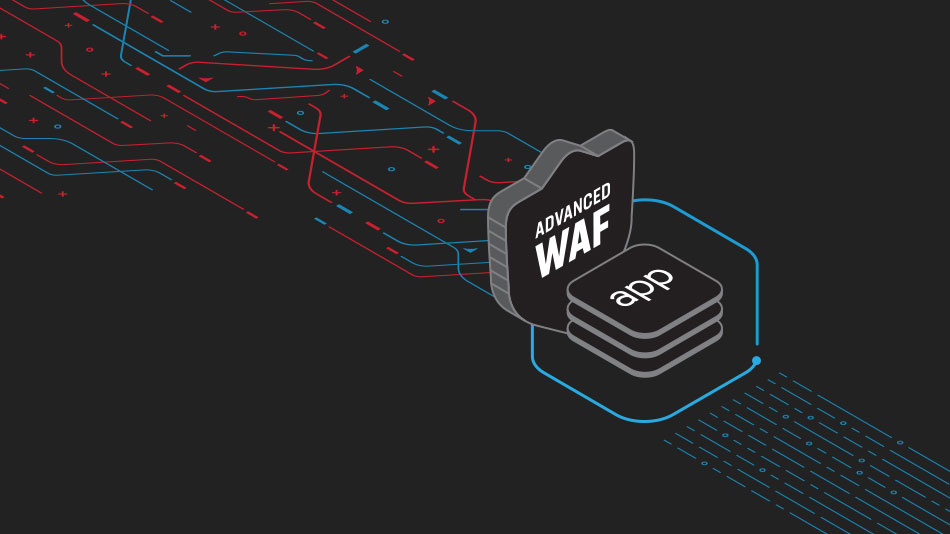What Is Web Application Security?
Web application security refers to a variety of processes, technologies, or methods for protecting web servers, web applications, and web services such as APIs from attack by Internet-based threats. Web application security is crucial to protecting data, customers, and organizations from data theft, interruptions in business continuity, or other harmful results of cybercrime.
By most estimates, more than three-quarters of all cybercrime targets applications and their vulnerabilities. Web application security products and policies strive to protect applications through measures such as web application firewalls (WAFs), multi-factor authentication (MFA) for users, the use, protection, and validation of cookies to maintain user state and privacy status, and various methods for validating user input to ensure it is not malicious before that input is processed by an application.
The world today runs on apps, from online banking and remote work apps to personal entertainment delivery and e-commerce. It’s no wonder that applications are a primary target for attackers, who exploit vulnerabilities such as design flaws as well as weaknesses in APIs, open-source code, third-party widgets, and access control.
Common attacks against web applications include:
- Brute force
- Credential stuffing
- SQL injection and formjacking injections
- Cross-site scripting
- Cookie poisoning
- Man-in-the-middle (MITM) and man-in-the-browser attacks
- Sensitive data disclosure
- Insecure deserialization
- Session hijacking
One recent study1 estimated that cybercrime will cost $5.2 trillion in lost value across all industries by 2024. Another estimated the losses will reach $6 trillion annually before then2. Security devices and technologies are crucial for limiting, if not eliminating, such costs. In addition to direct financial and data theft, web application threats can destroy assets, customer goodwill, and business reputations. That makes web application security imperative for organizations of all sizes.
Different approaches to web application security address different vulnerabilities. Web application firewalls (WAFs), among the more comprehensive, defend against many types of attack by monitoring and filtering traffic between the web application and any user. Configured with policies that help determine what traffic is safe and what isn’t, a WAF can block malicious traffic, preventing it from reaching the web application and preventing the app from releasing any unauthorized data.
Other web application security methods focus on user authentication and access management, app vulnerability scanners, cookie management, traffic visibility, and IP denylists, for instance.
The F5 Advanced WAF can help organizations protect their apps and sensitive customer data by mitigating application vulnerabilities with application-layer encryption and behavioral analysis backed by machine learning and threat intelligence.
The Silverline Web Application Firewall provides app protection as a cloud-based managed service for enterprises interested in operational efficiency, flexibility, and expert support.
F5 WebSafe and MobileSafe protect against fraud activity by helping to secure transactions that may involve unsecure mobile devices or browsers while remaining transparent to users.
1 Chris Thompson, What Will Cybercrime Cost Your Financial Firm?, Accenture (July 15, 2019)
2 2019 Official Annual Cybercrime Report, Cybersecurity Ventures (December 2018



